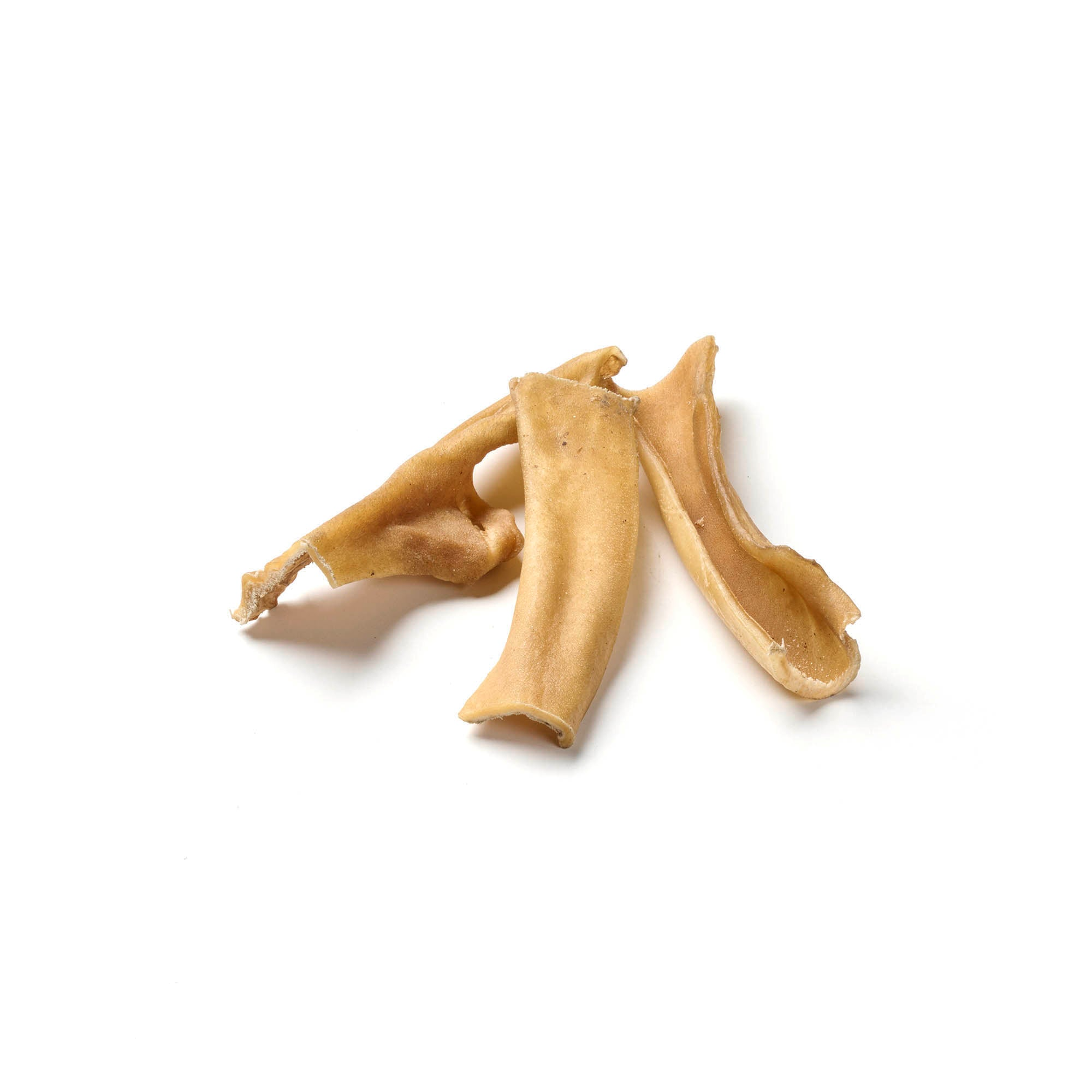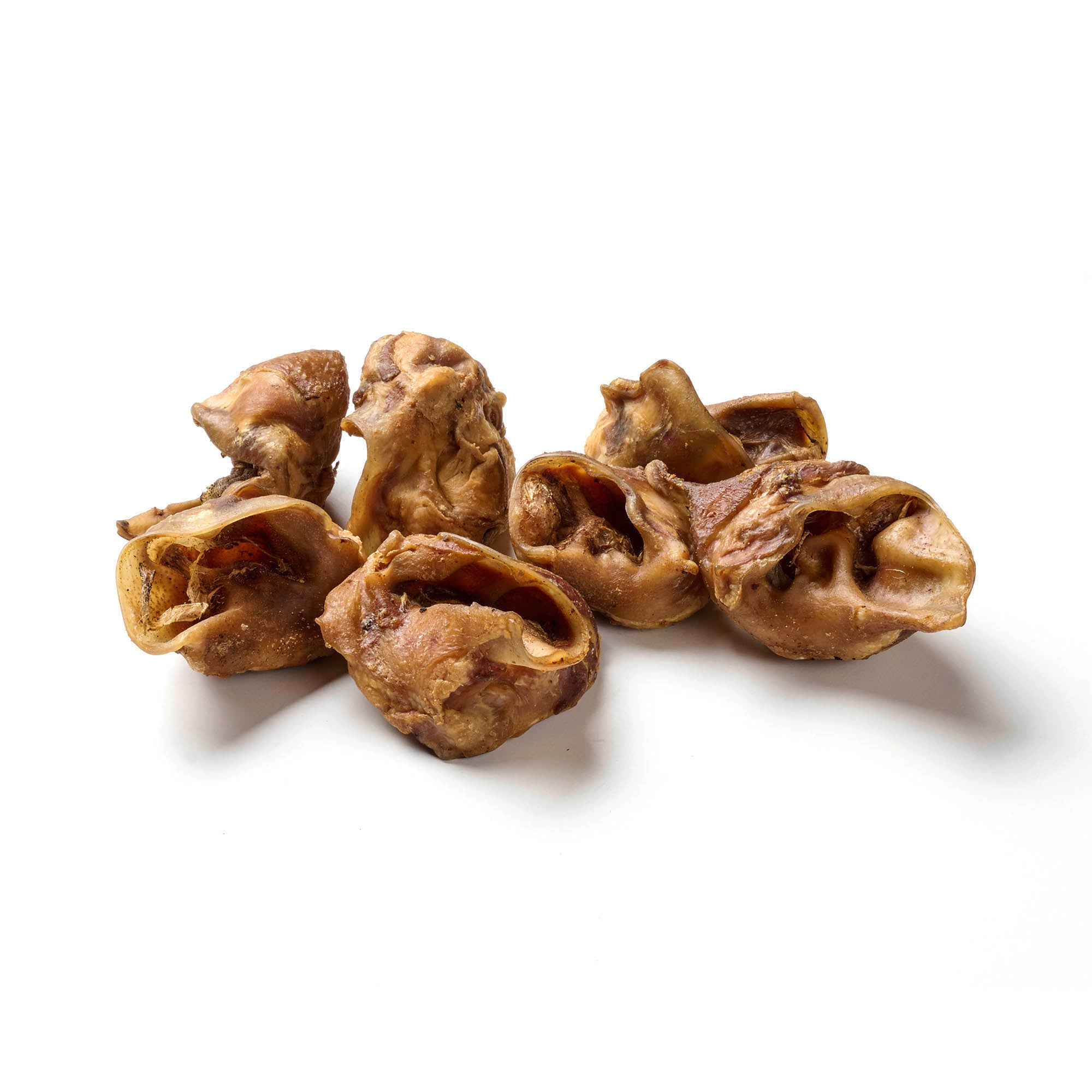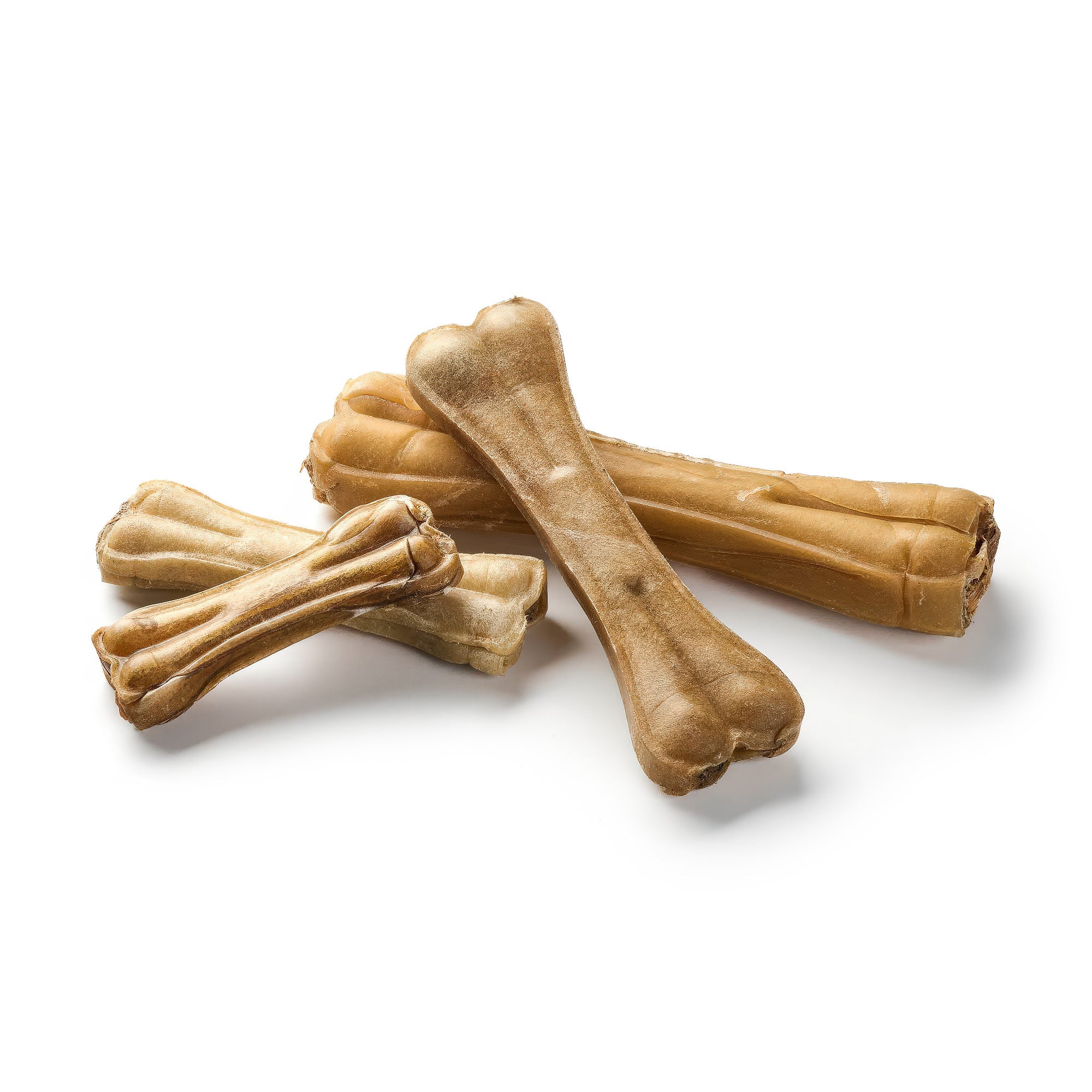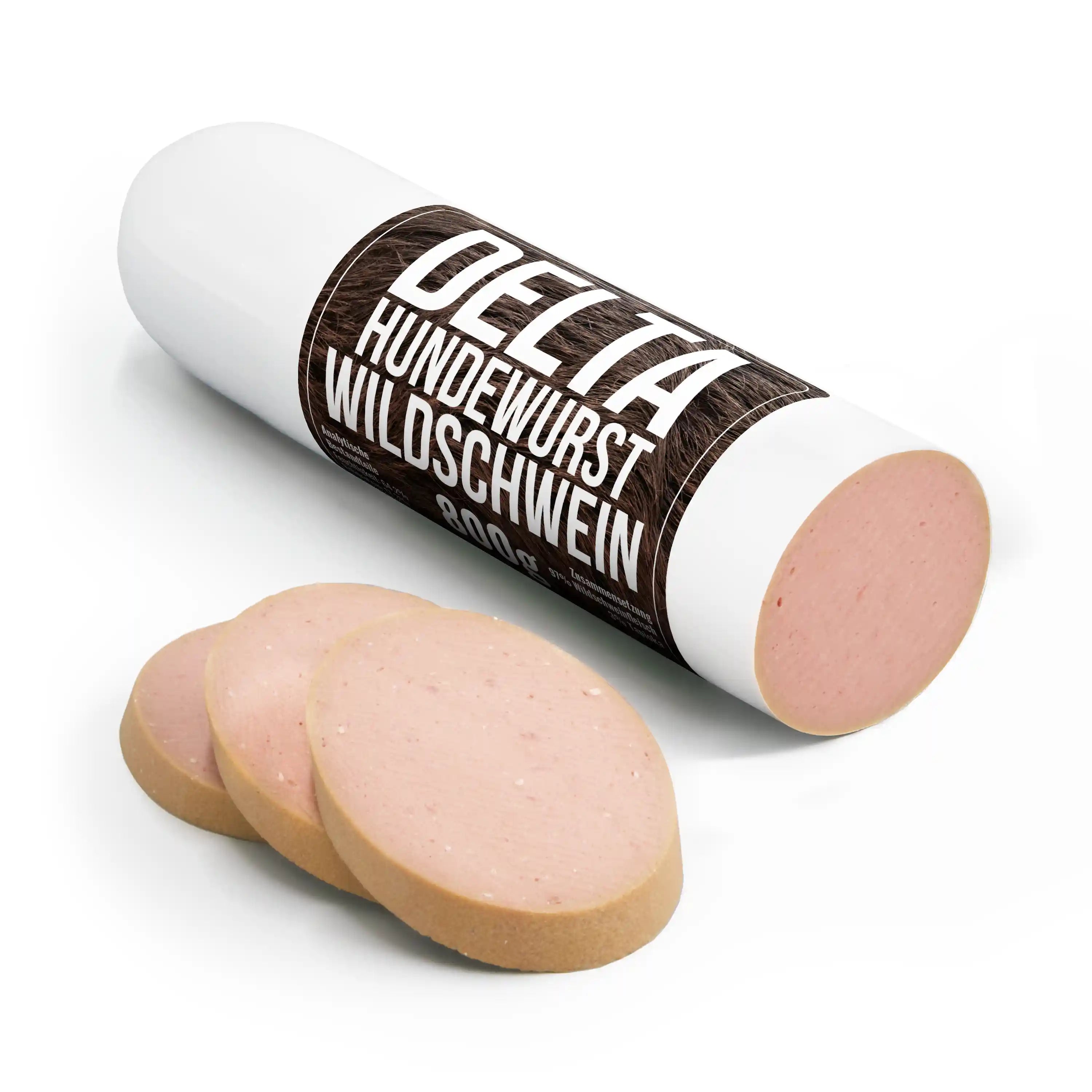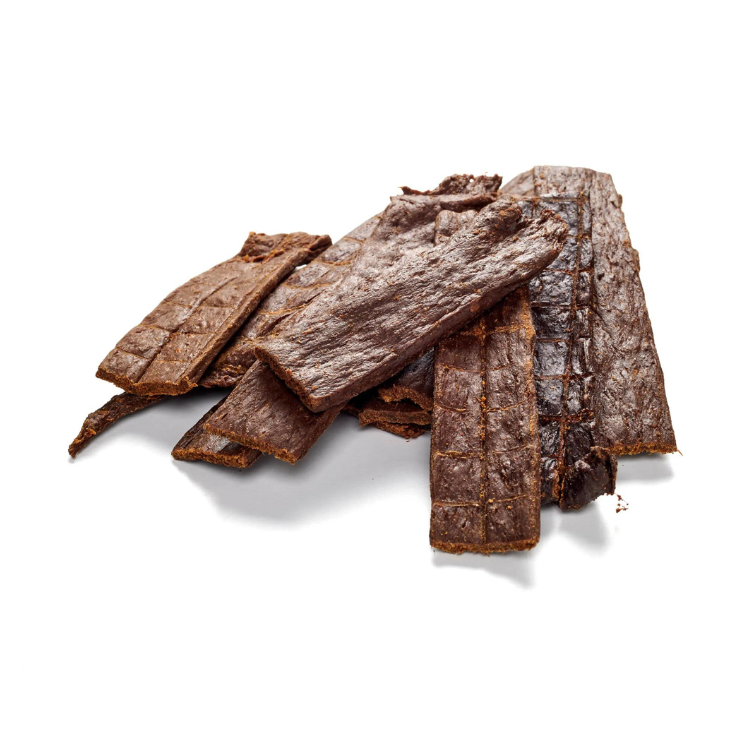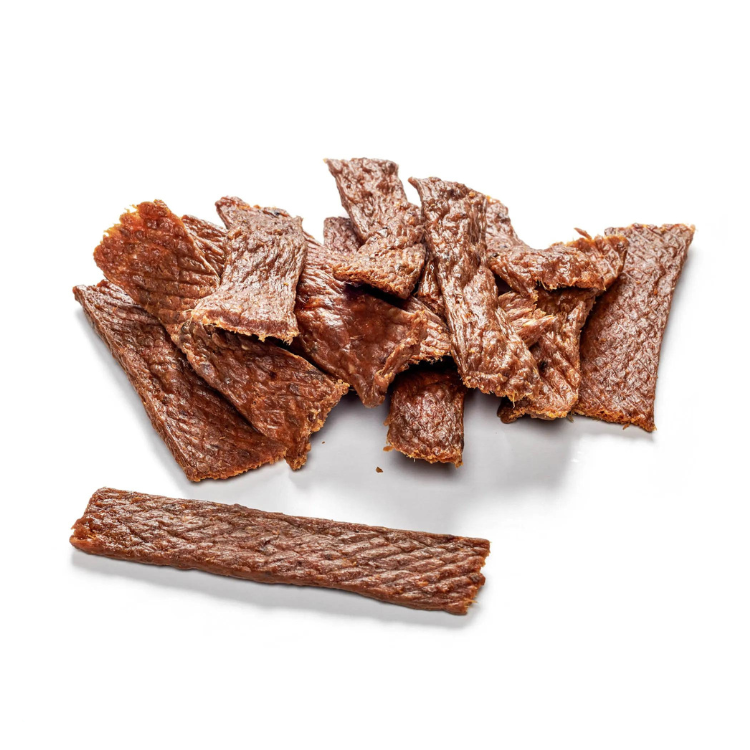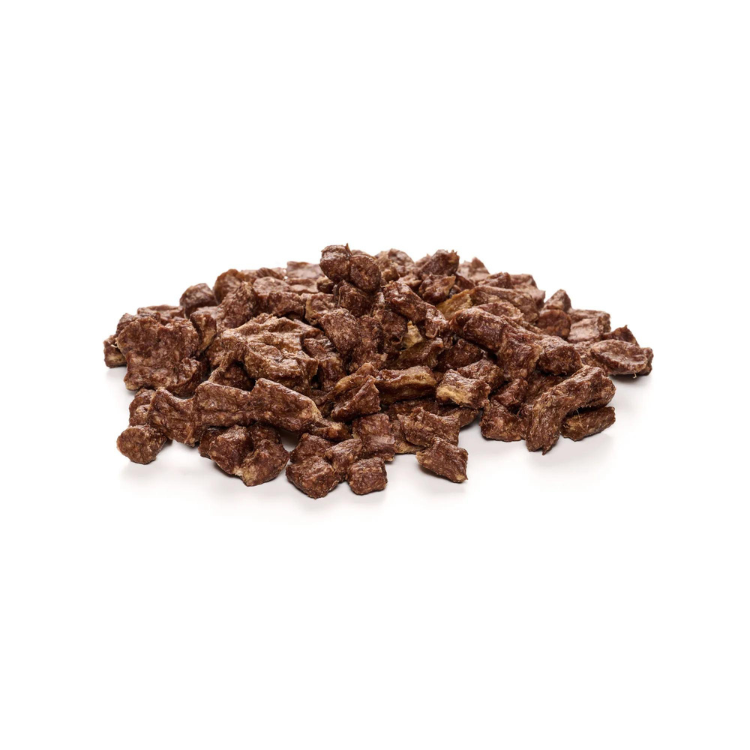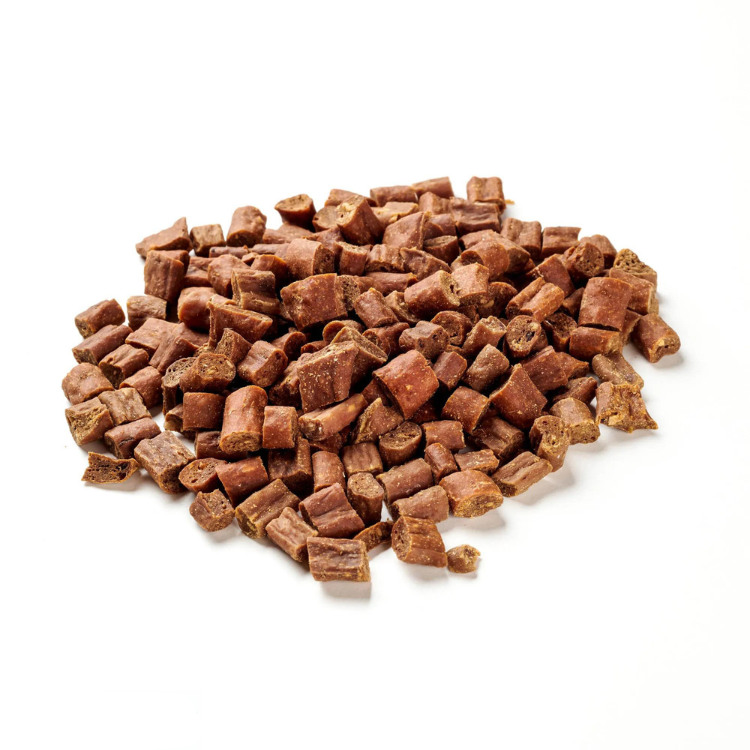
The dog whistle - what it is good for and how to use it correctly
Share
You've probably heard of dog whistles. However, many people don't know exactly what they do and how to use them. Using them does require a certain amount of training - both from you and your furry friend! In short, using dog whistles is about giving orders. You can use them to call the dog back, for example, or to give hunting commands.
Discover delicious dog snacks directly from our range!
What is a dog whistle and how do I use it?
A dog whistle is a small instrument that comes in all sorts of designs, from metal to plastic. Its appearance reminds you of a whistle that you may remember from gym class, and in principle it works in a similar way. All you have to do is blow into it. The version for dogs, however, is shaped more like a small tube. There are many different models on the market that differ not only in their design and material, but also in their whistling frequency.
The first dog whistle (Galton whistle) was invented in the 19th century by Sir Francis Galton and has proven itself to this day. When blown into it, it emits a sound at an ultrasonic frequency that is barely perceptible to the human ear, or even inaudible at all. However, since dogs can hear much better than we can, they are able to hear the whistle. With some whistles, you can set the frequency yourself. There are also models that can be used on both sides, so you can emit both a high "dog sound" and a whistle that we can hear.
What is a dog whistle used for and why is it useful?
A dog whistle is used to condition the animal to a certain frequency or sequence of tones. The goal is to follow commands reliably. The most common command given with the whistle is to come back. Imagine you and your four-legged friend are out walking in the dog park or in the woods. It's time to move on, but while you're calling and waving, your darling just can't tear himself away and ignores you. If this scenario sounds familiar, we would recommend not only a) general dog training (commands like "heel", "sit" etc. must stay), but also b) the use of a dog whistle.
In addition, a whistle can also be used in dangerous situations when your voice is drowned out by the noise of the city or other distractions. This can be very useful if you can make him stop with a whistle because a car is approaching.
Why is it useful to use a dog whistle? Well, the advantages are obvious:
Clear announcements
Once you have trained your furry friend, the whistle is a clear signal to turn around. There is no room for interpretation or misunderstanding. You must know that dogs can hear very well how we call their name. Anger, nervousness and annoyance in our voice can have a negative effect on the name calling or the mood of the four-legged friend. The advantage of a whistle is that it always sounds the same and therefore does not cause confusion. It also does not matter who blows into it, as the sound does not differ from person to person - a plus point if several family members want to use the device. This way, your furry friend "only" has to remember the frequency and tone sequence, instead of the respective version from the owner, mistress and whoever else is in the know.
Range
Under ideal conditions, your scream could be heard up to 1.2 km away. However, you probably won't scream your head off in the dog park or in the forest unless you absolutely have to. Let's use this example as a comparison. The range of a sound coming from a dog whistle covers a much larger radius than your voice. At the same time, nothing of it can be heard (by humans). The disturbance factor is almost zero. Amused or annoyed looks from people passing by are a thing of the past.
Spoil your four-legged friend with our delicate chew items!
How does the training work?
In general, it is a good idea to condition your four-legged friend to the dog whistle early on. Before training can begin, however, coming when called must already work well. That is the basis.
How to proceed
First, you should think about how often and how long you want to whistle (for example, twice briefly). Dog whistle training can then be easily integrated into your normal training or everyday life. When you call your furry friend to you, give the signal with the whistle just before he comes to you. This should definitely be followed by a reward, for example with a treat , perhaps even something homemade .
Little by little, you can practice this together in different places and from greater and greater distances. That means you start in the garden, so to speak, and the freestyle takes place in the dog park. At the beginning, you should combine calling and whistling. Only when you are absolutely sure that your dog will come when you whistle can you stop calling.
ATTENTION - Changes in the training plan:
Once you have started training, it is not really possible to change the frequency or the length afterwards. That means you can of course do that, but the training would then start all over again because your signal would then be "used up" for this attempt.
On the other hand, it's good to know that it's not the end of the world if you have to stop training for whatever reason and the dog whistle isn't off the table. Find a new frequency, maybe think of a different sequence of whistles and just start again!
Conclusion
Every dog owner should really consider conditioning their four-legged friend to the sound of a dog whistle. If you are patient and start early enough, the effort will soon pay off. Recalling is probably the most important and most popular command you can give with it, but if it works well for you, you can also try other areas of application.
The type of dog whistle you ultimately choose depends entirely on your taste and your budget. Does the whistle have to have different frequencies? Should it be made of metal, plastic or horn? Cheap whistles are available for less than ten euros. The selection is huge. That's why it's worth thinking carefully beforehand about your own requirements and, if necessary, visiting a specialist retailer who can give you good advice.
First-class dog chews for happy sniffing noses available here!

